Welcome to a new issue of the Journal of Runic Studies, the premier Malkioni publication for studies into the nature of Glorantha. If you haven’t subscribed yet, please consult with the spirit bound to the appropriate electronic page.
Lots of things happened this past week, both in the TTRPGs spaces and over here in the God Learners’ tower hideout, hence the few annotations on Jeff’s posts. But hopefully I made up for it in other parts of the newsletter!
Chaosium News

Here are this week’s Chaosium news!
Chaosium and the ORC License
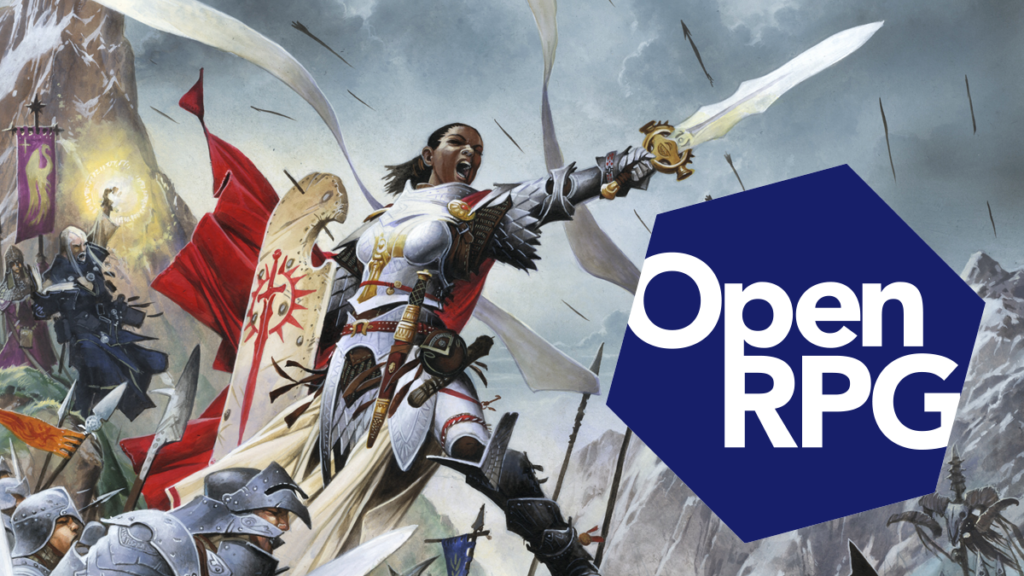
Have you been off in the woods for a shamanic initiation this past week? Kidnapped by trolls and having trouble paying off your ransom? Or just stuck meditating on those Runes you have -20% penalties on?
Well I’m not going to explain the whole OGL debacle to you now, but the very short version is: Hasbro always wants more money, Wizards of the Coast is moving to royally fucking up the venerable D20 OGL, and the entire TTRPG is on absolute fire. There’s a lot happening, but the biggest move comes from Paizo, who isn’t a stranger to trying to fix things when WotC messes up… whether they succeed or not is another debate entirely but anyway Paizo announced an initiative to release a new better designed and worded (hopefully) gaming license called the Open RPG Creative License (or ORC in short).
Why TTRPG publishers can’t use things like Creative Commons (which didn’t exist back in the og-OGL days) is not clear to me, but let’s hope that the legal firm Paizo is paying for this will make a better license this time.
Chaosium has announced that they are part of the ORC initiative, which is very good news. It’s unclear though what it means for the BRP and QuestWorld SRDs, which were published under their own BRP OGL thingie, which as far as I can tell is this thing (or this one for QuestWorld). Since the BRP license received a rather… let’s say “lukewarm” reaction from the pro and semi-pro game designers I know, it might actually be good if Chaosium moved the BRP SRD to ORC. But I don’t know if it’s feasible, and I don’t know if ORC will help Chaosium better implement the provisions that prevent people from making Call of Cthulhu or RuneQuest retroclones… we’ll see!
In the meantime, read this funny little Twitter thread! (also posted on BRP Central)
Digital Starter Sets and BRP Rulebook Super Cheap This Week

The previous item was not only big industry news, but also the reason for this item: as many D&D players are swearing off Wizards of the Coast and cancelling their D&D Beyond subscriptions, they’re asking around for other games to play… and this means that anybody with an ounce of marketing skill is discounting their point of entry products! So Chaosium currently has their Call of Cthulhu and RuneQuest starter sets (in PDF) at less than $1 on DriveThruRPG until January 19th.
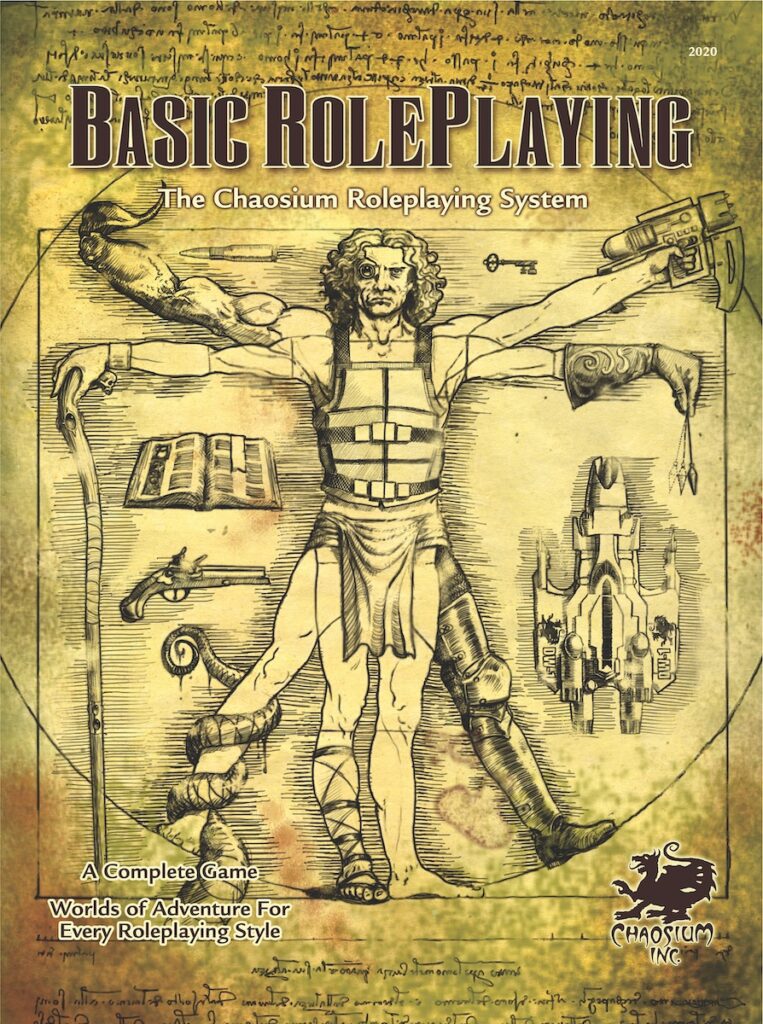
In addition to that, the generic BRP Rulebook (affectionately known as the “big gold book” or BGB) is also similarly discounted (more here).
Rick Meints Insults the President of Avalon Hill
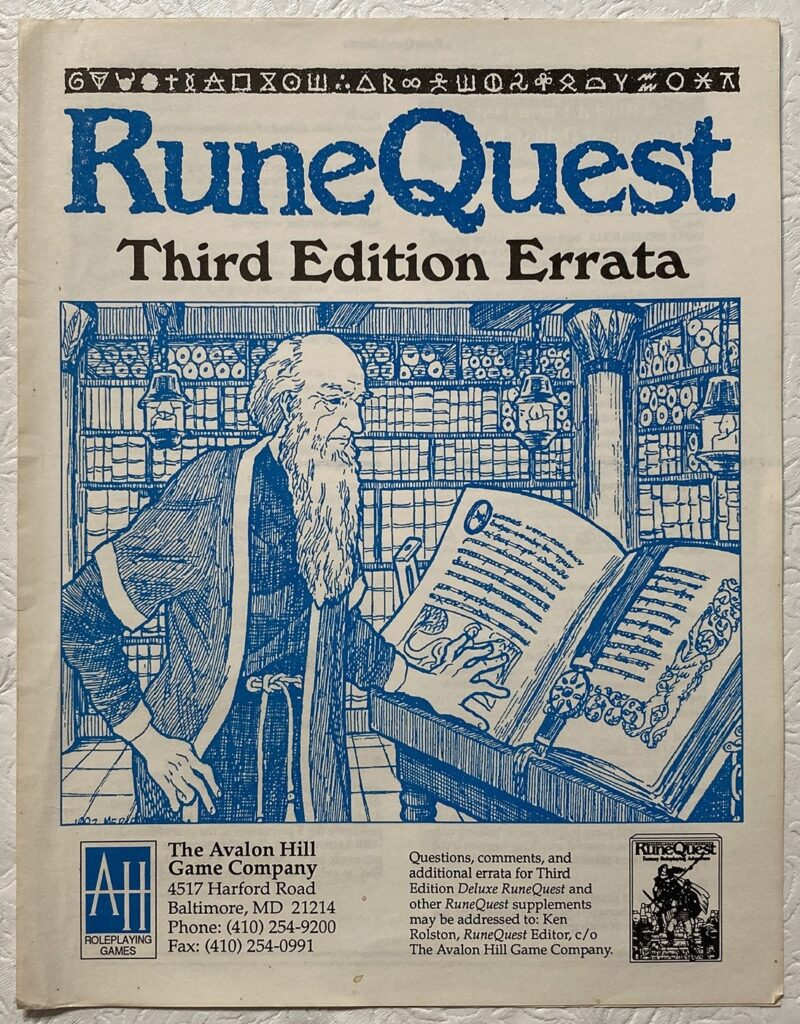
Rick’s latest “Out of the Suitcase” involves unknowingly insulting a game company president, RuneQuest erratas, and an errata by MOB about the erratas (inception!) As always, Rick’s writing is lighthearted and fun to read, and there are many close-up pictures to marvel at.
Jeff’s Notes

Jeff Richard, the current mastermind on everything Gloranthan at Chaosium, is often posting notes and thoughts on the RuneQuest Facebook group. Here’s our curated list from the past week. A partial archive of these sources is compiled on the Well of Daliath.
Fronela and the Syndics Ban
In 1499, Fronela was caught by the “Syndics Ban”. It segmented the entire region into zones of various sizes, each now isolated from the rest of the world.
During the Ban, these communities were like a video game, with elements of Mervyn Peake and Fallout’s Vaults. For about a hundred years, they were isolated and developed completely on their own. Some thrived in isolation, others withered away and died. Many ossified, frozen into place with rites and laws no longer understood, others were radically transformed.

These communities ranged in size from a couple of hundred families to the Kingdom of Loskalm, with almost 180,000 square kilometers.
And then starting in 1582, the Ban began to lift. The fog just disappeared, and a brand new kaleidoscope of communities and people were there to be discovered. The process took about 40 years, and is still not totally complete. But as a result, big things are afoot in Fronela.
Jeff then takes the example of the Jonating tribe, which was isolated in a small pocket of the ban. He runs us quickly through what a Jonating-based game might look like, based on what happens after the ban lifts.
This is the kind of campaign that could be very well suited to newbies to Glorantha, since it makes adventurers into people who literally don’t know anything about what’s beyond their own lands. It also gives off vibes of old-school sword & sorcery like, say, Forbidden Lands, with its similar premise of recently-lifted curse on the surrounding lands. I actually wonder about using the Forbidden Lands system to run a Fronela game… mmmh.
Anyway, more here.
Diseases in Glorantha
Diseases in Glorantha aren’t caused by viruses and bacteria but by spirits, of course. You can find the stats for disease spirits in the Glorantha Bestiary but this bit doesn’t have mechanics, as far as I can tell:
The disease stays with the victim until the victim recovers, dies, or the spirit is forced out. If the victim dies, sometimes that creates a new disease spirit in addition to the original one.
That’s how you can have pandemics in your games — you know, for escapism.
What I find interesting, as always, is the world-building and storytelling guidance in Jeff’s notes:
Dealing with disease, and the risk of disease outbreaks, is the primary function of many Chalana Arroy temples. Healers treat the ill, fight disease spirits with their Rune magic, summon healing spirits, and the like. That’s where I suspect most of those Rune points get spent – not on Resurrection or Heal Body, but on Cure All Disease, Summon Healing Spirit, and Restore Health, and is why Healing Trance is more popular than Heal Body. The cult is big enough and numerous enough that diseases can be kept mostly under control, but it still might be the biggest killer in Glorantha (a point of pride to the Death goddess Mallia no doubt).
Of course, Mallia is a Chaos goddess of disease that is often worshipped by Broos. Her initiates are frequent antagonists in Gloranthan adventures because they like to poison herds and wells and rivers and such. This is always a good premise for a threat to your adventurers’ community!
Glorantha’s World
Jeff has started tweeting for some reason (“doing more on social media” isn’t your usual new year resolution, is it?) but hey, this gives us a glimpse of another Prosopaedia or Cults book (not sure) illustration. Behold the world of Glorantha all laid out for you to gaze at!
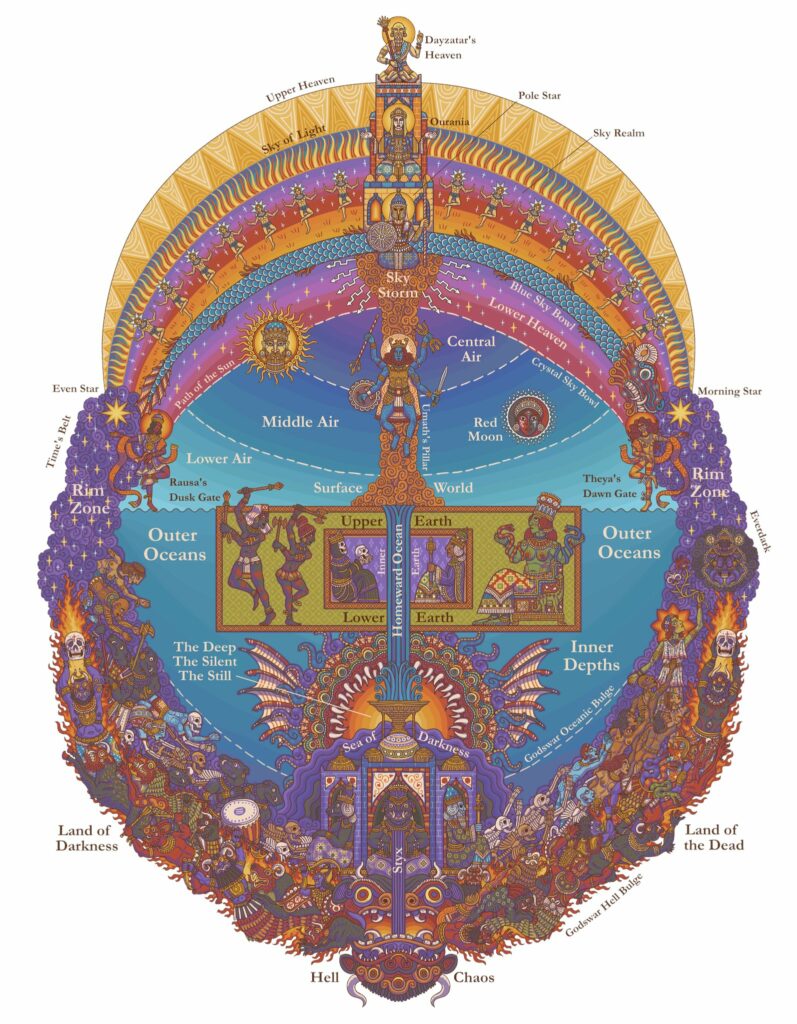
This fantastic image is of course by Katrin Dirim. Previous overall views of Glorantha included Bernard Bittler’s and, err, I’m not sure who did that second one (the Guide to Glorantha doesn’t provide detailed art credits):
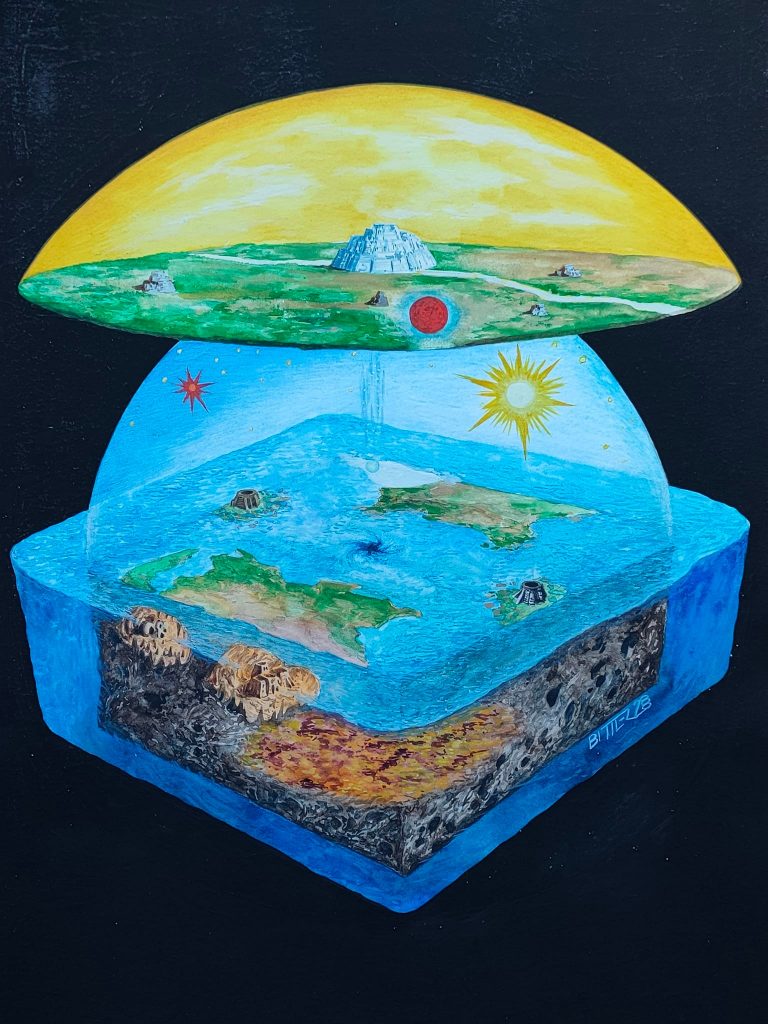
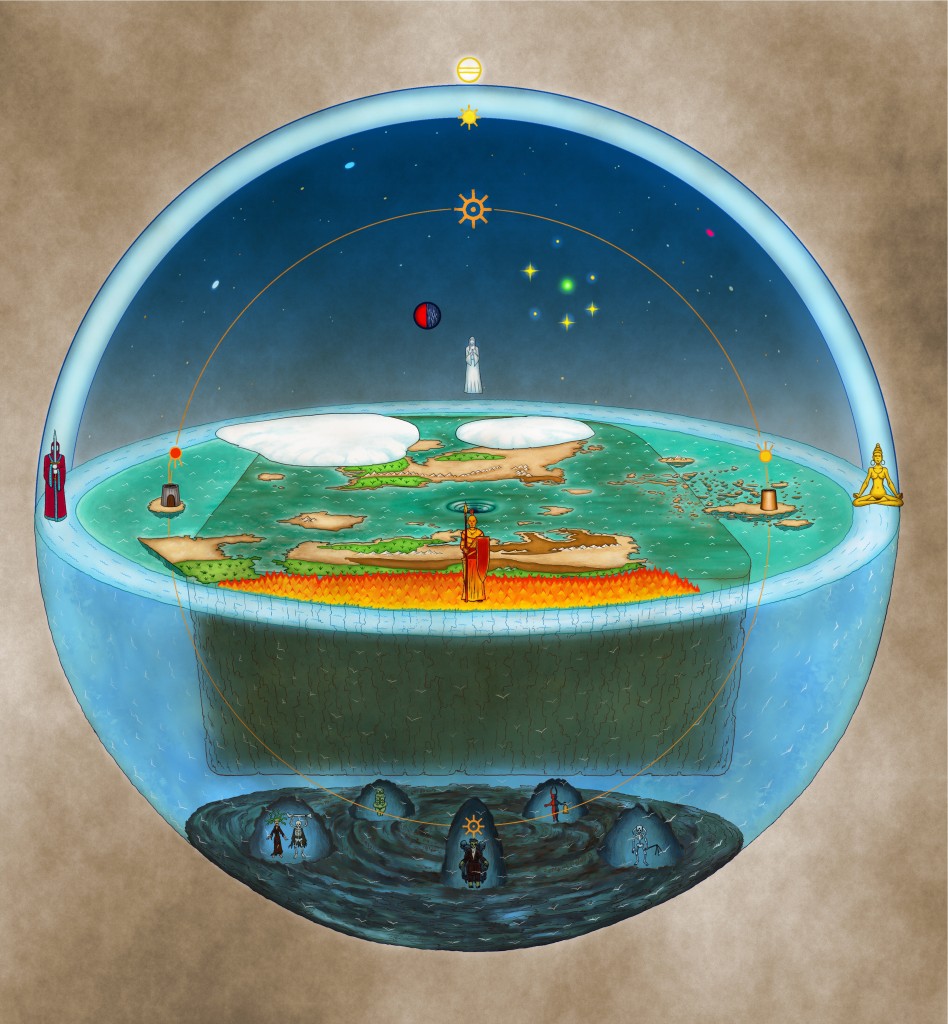
Edit: the second illustration is from Eric Vanel (thanks to 7Tigers for the info, who also points that it’s available as swag too!)
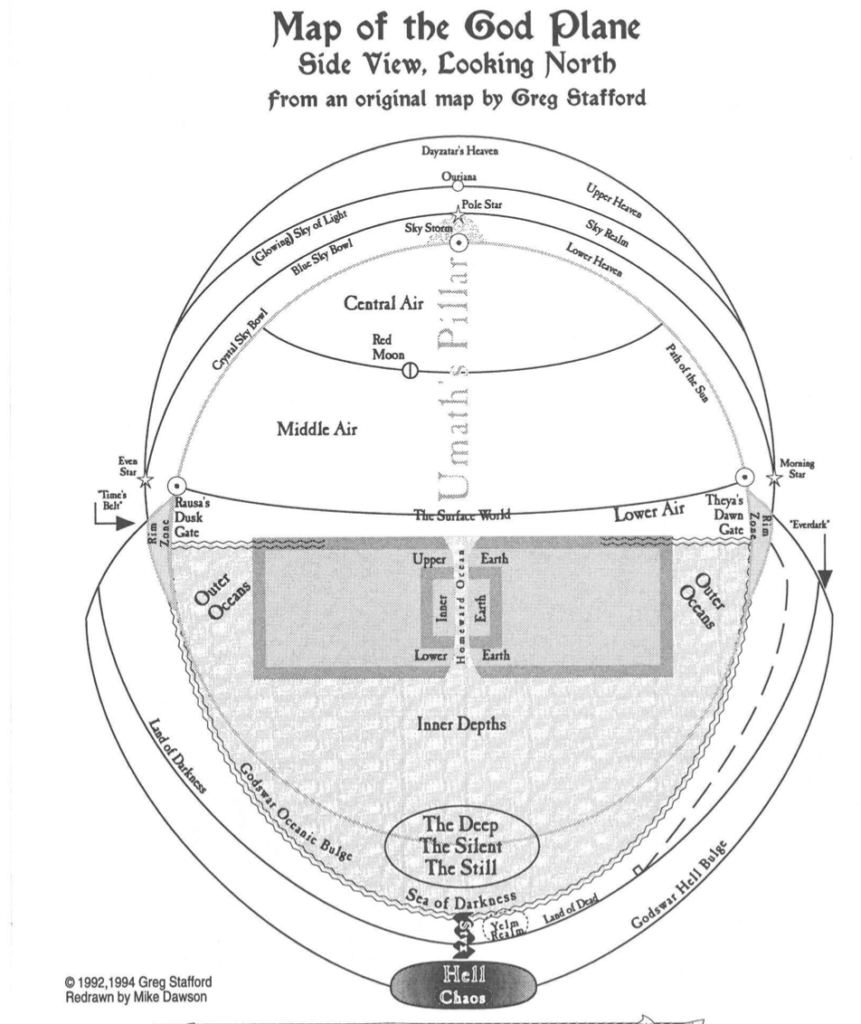
Edit 2: Brian Duguid points out that the original version of the Gloranthan cosmos diagram can be found here, “as drawn by Mike Dawson, from”drawn by Mike Dawson from an original by Greg Stafford”… thanks Brian!
On Prince of Sartar
The BRP Central thread on Argrath and the metaplot keeps going (because of course), but here’s a nice tidbit from Jeff on his version of Argrath from the Prince of Sartar webcomic:
I wrote the comic. It is just one take on the character, and never even got far enough to explore the character past the Cradle scenario. The purpose of the comic was more about Kalin and I playing around with ideas and visuals, that later informed what became RQG. The idea was never that the comic was to become the definitive treatment of the characters.
At the time I was playing around with the idea that the Red Goddess was behind the Hero Wars, seeking a way out of the prison that she had put herself in. Argrath, her self-proclaimed Destroyer, would aid her in her Liberation and the rise of the White Moon.
If I were to do it again, I would likely present it quite differently.
But since people are putting labels on characters based on the comic, here’s my take. Argrath’s not a sociopath, he’s a shaman. Same with Harrek and Jar-eel. They all see into the Otherworld, into the realm of gods and spirits, and all see their paths through the mundane world accordingly.
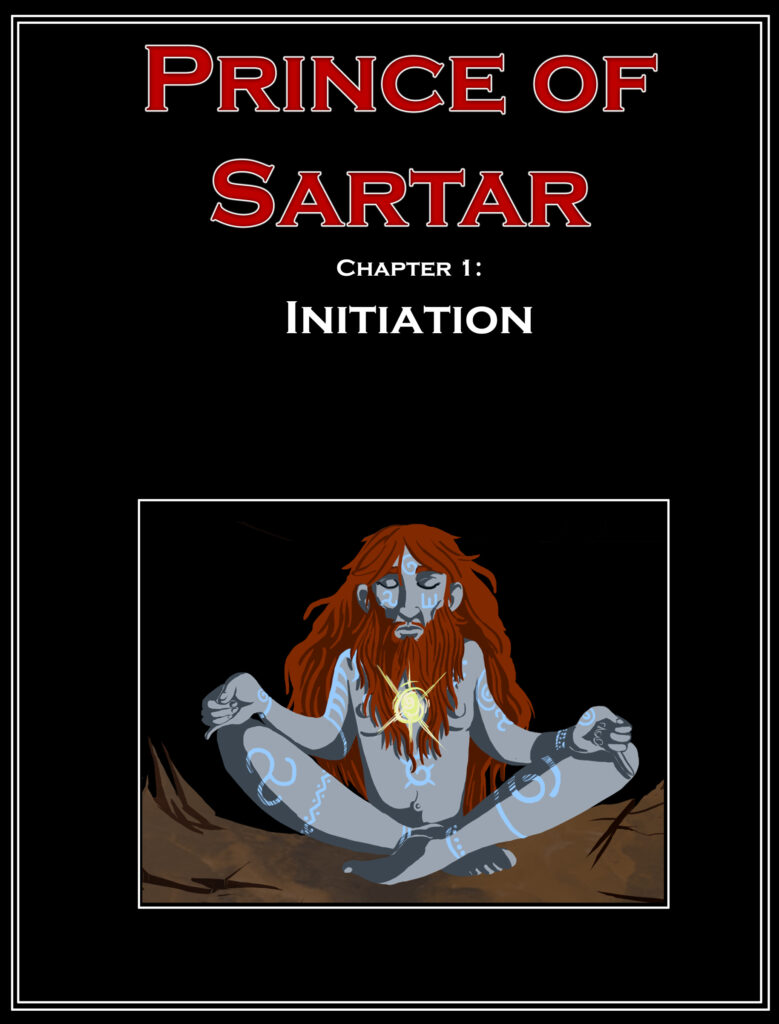
As always, people get very… ahem… emotional about Argrath, Lunars, and the Hero Wars metaplot. So unsurprisingly, the topic ended up locked. Go read the Prince of Sartar webcomic instead!
Gloranthan Decimal Systems
Do you want to do Gloranthan math? Of course you do — that’s how you properly roleplay a Lhankor Mhy sage, right? Here’s a quick bit of info for you:
Pelorian languages are all strongly base 10.
Theyalan languages give a number for each of the days of Sacred Time, so 1-14. 15 gets represented as 1-1, 28 as 1-14, and so on until we get to 210 which gets a new signifier.
Now drive your gamemaster and fellow players crazy by expressing all numbers in base 14!
Miscellaneous Notes
- Be a good Malkioni: how the Malkioni people of the west need to be sure about how to follow the teachings of Malkion who, because he was a mortal, cannot just be magically reached for comments via your worship rituals. Jeff breaks down how the main Malkioni philosophies emerged, and mentions what Malkioni heroquesting might look like. Lots of Muslim references, which sort of hints at how Chaosium might develop the west in the future.
- More on Malkionism: more notes about what it is and what it does.
- More on New Hrestolism: a closer look at Loskalm’s New Hrestolism specifically, and how people pass through the various castes. Once you’ve accomplished that, you’re a Man-of-All and you can read this note about what your “code” might be like.
- Kralorelan exarchs: a look at the priest-rulers who gather massive amounts of magic through the Imperial cult of Kralorela, and how this system survived through the ages. Plus: the mystery of Godunya, Dragonewts, draconic magic, and more. Lots of references that would warrant annotations, but I ran out of my time allotted to the newsletter… and I don’t know much about Kralorela to being with anyway.
- More draconic stuff on Kralolera is here, too.
- About Maniria: a few high level notes on Maniria.
- Magic as a fourth dimension: pretty much that. The God Learners trying to define the monomyth is just scientific research into the nature of the universe, folks. We’re not that different from NASA. Plus, a cool quote: “Remember that the God Time is not the past – it is also the now. It is the endless.“
- Magic systems (plus sorcery): some notes on the various magic systems of Glorantha and RuneQuest, with some occasional designer notes, especially for the old bearded guys in the audience who miss the RQ3 sorcery rules (I’m not judging, but hey, admit it, you’re a guy, you’re at least middle aged, and you have a beard, right?)
- Subcult of Orlanth’s Four Magic Weapons: how to add some flavour to your Orlanth Adventurous character!
- Who is Ginna Jar? Some notes on the secret member of the Lightbringers.
Community Roundup
The community roundup is our highlight of interesting things being mentioned in the Glorantha-related Facebook groups, sub-Reddits, and other similar online places.
SpeedRune, a Rules-Light Bronze Age Fantasy Game
RPG writer Aaron King started reading some RuneQuest last autumn and found a lot that they like in there! But I suspect that Aaron is far from alone bouncing off the crunchy mechanics of RuneQuest even though they like many of the intended goals of the system, and/or the setting:
Things I really liked about it:
– cults & rune magic
– psychedelic heroquests! (wanted more of them honestly)
– the whole setting, really
– seasonal downtime play that includes the community – the art
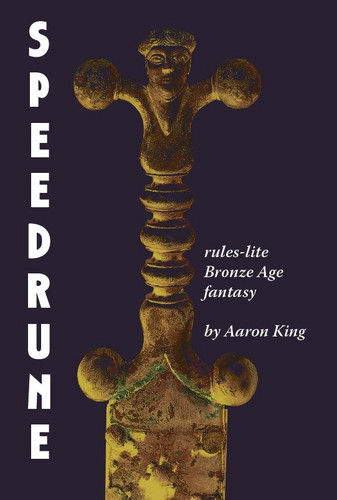
So Aaron went and made a RuneQuest-inspired rules-light bronze age fantasy game called SpeedRune. It’s available on itch.io with a “name your own price” price tag. The pamphlet sized PDF has 4 pages for the player, and 2 pages for the gamemaster. The other 20 or so pages include seasonal adventuring prompts, character and community sheets, and a couple of appendices.
If you’re familiar with the deluge of rule-light OSR games of the past few years, you’ll see how SpeedRune is basically hailing from that heritage. And of course, if you’re familiar with RuneQuest Glorantha, you’ll see that SpeedRune is a heavily streamlined and simplified version of it too. I can say SpeedRune is one of the very few D100 rules-light OSR games I’ve seen.
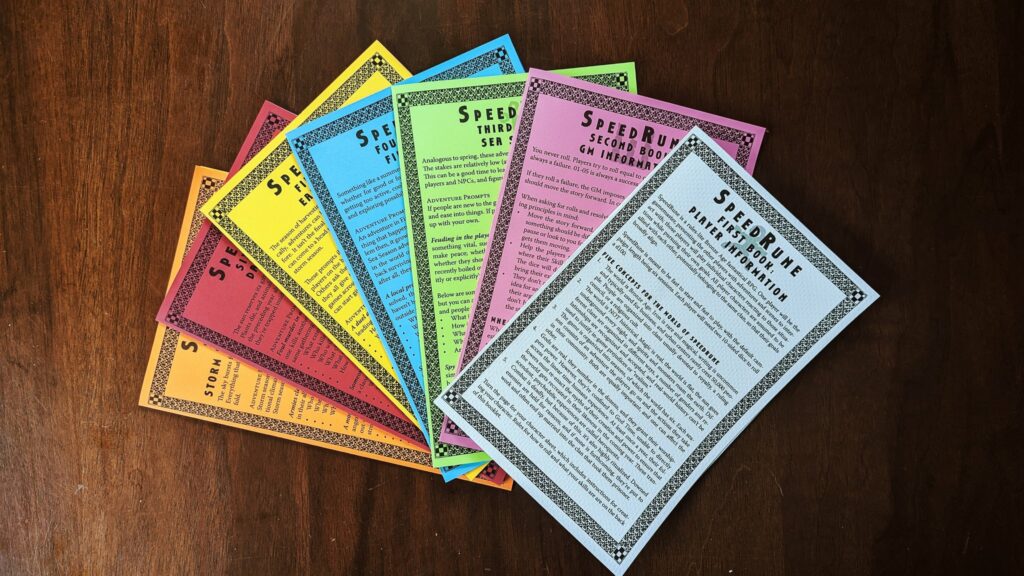
Aaron King has more games on their itch.io page, and is a host of the RPG bookclub podcast RTFM.
See also: Coeur de Runes, a French rules-light game that inherits the DNA of HeroQuest rather than of RuneQuest.
Erinor the Bell-Walker

Not sure what this is for, but hey it’s a cool looking Gloranthan character, by @Mubinnas_Fair on Twitter.
Elsewhere on Arachne Solara’s Web
Not everything is about Glorantha, although most things are! Here are loosely relevant things that we found on the interwebs.
Amazing Discovery of Ice Age Proto-Writing
The first really cool archaeological breakthrough of the year came really early! In this paper published on January 5, 2023, a few “independent researchers” teamed up with archaeology academics to reveal what they think is the earliest form of writing known to man (called here “proto-writing” because it’s not really a full writing system either…)
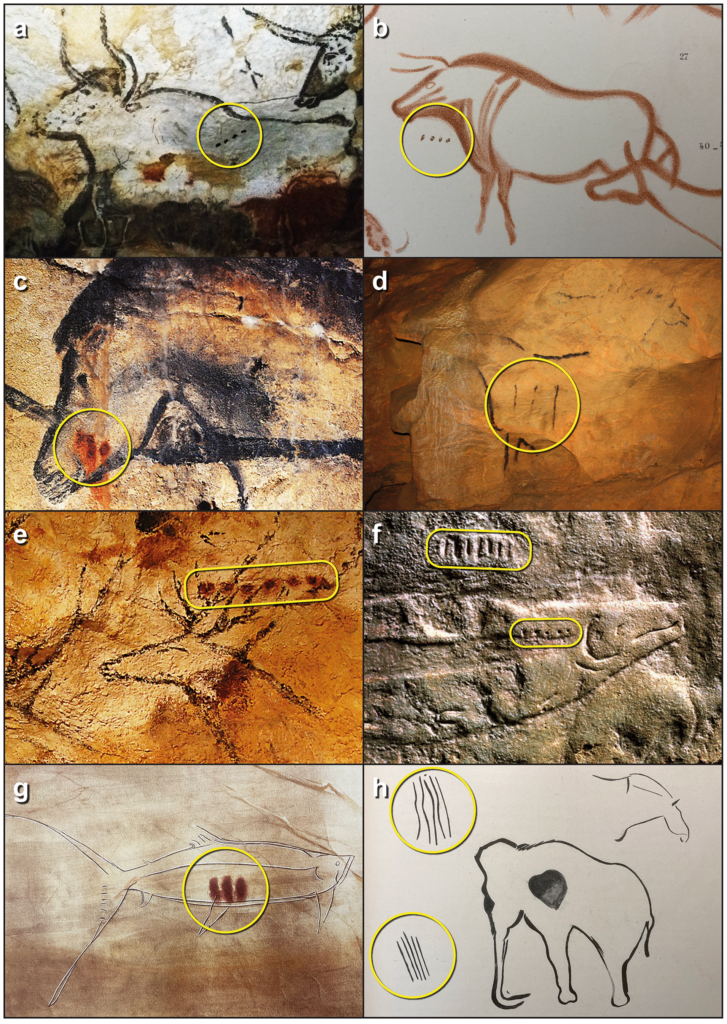
If you look at the cave paintings above (from famous caves such as Lascaux and La Pasiega), you’ll notice dots or smudges or lines. These were, until recently, not really identified. Archaeologists knew that they must have some meaning, some sort of information about each animal, but they didn’t know what exactly.
But Bennett Bacon, a furniture conservator in London, had an idea. He started researching it on his own, and then reached out to professionals with his theory. It was well received, with encouragements and help for continuing the research which eventually involved checking that theory against the hundreds of known animal cave paintings…
Ok, I’ll spoil the ending. There are two major types of symbols: raw numbers (dots or lines), and numbers with a sort of “Y” shaped symbol specified somewhere in them. These writing indicate when is the mating and birthing season of each animal — an information that is pretty useful when you consider the “hunter” part of “hunter/gatherer society”. This simple calendar system counts the number of Lunar months starting from the end of winter, when rivers unfreeze and snow melts.
If you want to see lots of fancy diagrams and correlation factors, check out the paper. Otherwise, there’s more here, here, and here. This recent episode of the Ancients podcast is also great, as the host interviews Paul Pettitt, one of the authors of the paper.
Why is Lunar Concrete so Durable?
The Lunars… errr sorry, the Romans have built extremely durable structures that still stand to this day, from aqueducts to ports to big domes and more. This new paper from the Science Advances journal takes a closer look at the composition of Roman concrete to figure out why its durability is so good.
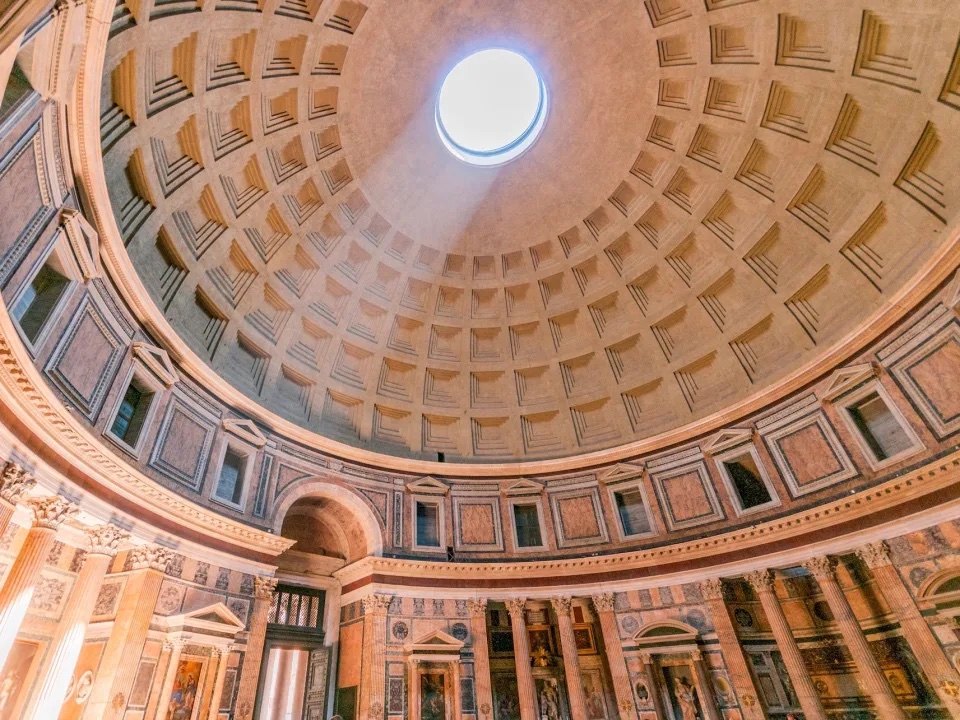
From the little that I understand, the Romans were previously thought to have built their stuff using some straightforward limestone, clay, and/or sand mortar mixed with volcanic ash (generally obtained from the Bay of Naples, and shipped all around the empire for construction needs). The small millimetre-scale white blobs visible in Roman concrete was thought to be imperfections.
But now it looks like these little buggers are actually the reason these big Roman buildings are still standing. The white blobs, called “lime casts”, might be made of “quicklime” (aka Calcium Oxide), which is what you get when you heat lime up a whole bunch (at least 825°C). Watch out, once it cools down, you get something very caustic…
How does that help, though? Well that’s the really cool awesome bit. See, these lime casts are the weakest points in the concrete, which means they’re most likely to fracture. But because of their material nature, they can also recrystallize into, basically, limestone concrete when rain water inevitably trickles down to it. So fractures are “guided” through points in the structure that are self-healing!
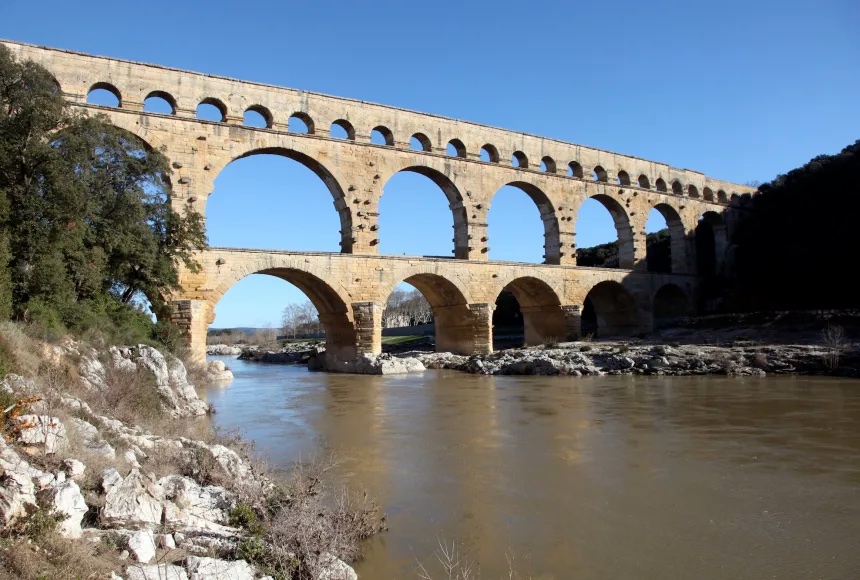
Anyway, as cool as it is, what does that tell us about Glorantha? Well, my takeaways are:
- Lunar architects need very high heat to hot-mix their construction materials, which means the probable presence of Lodril initiates in their production pipeline. Of course, you don’t need magic to heat things up (the Romans did it no problem thank you very much), but hey it doesn’t hurt to use a widespread god to help, and we know that Gloranthan world-building can’t help equating the two. This might also imply some specialized Lodril worshippers, with maybe some special sub-cult magic.
- Logistically speaking, it’s possible that some quicklime is stored somewhere, and transported to nearby or distant construction sites. Might some rebels steal it and use it for chemical warfare? Is the creation of quicklime a Lunar secret or is it widespread?
- If we look at including volcanic ash to Lunar construction, the most obvious places to get it from are the Lunar Heartlands. Darjiin and Doblian have old (and sometimes sacred) volcanoes, which is sort of why Lodril is one of the traditional main gods in Peloria. But maybe Lunars in Sartar got theirs from the Indigo Mountains (in the Far Place, up north) or Caladraland (in the Holy Country, down south). Either way, these caravans might need the PCs to guard, to ambush, or to get found after getting lost.
The paper on Roman hot-mixing is here. More here and here.
Beautiful Broo
Do Broos have fashion influencers on TikTok? Of course they do, since TikTok and influencers in general are, like, by definition Chaotic and actively trying to destroy the fabric of reality. Anyway, here are some fashion goals for your Broos:
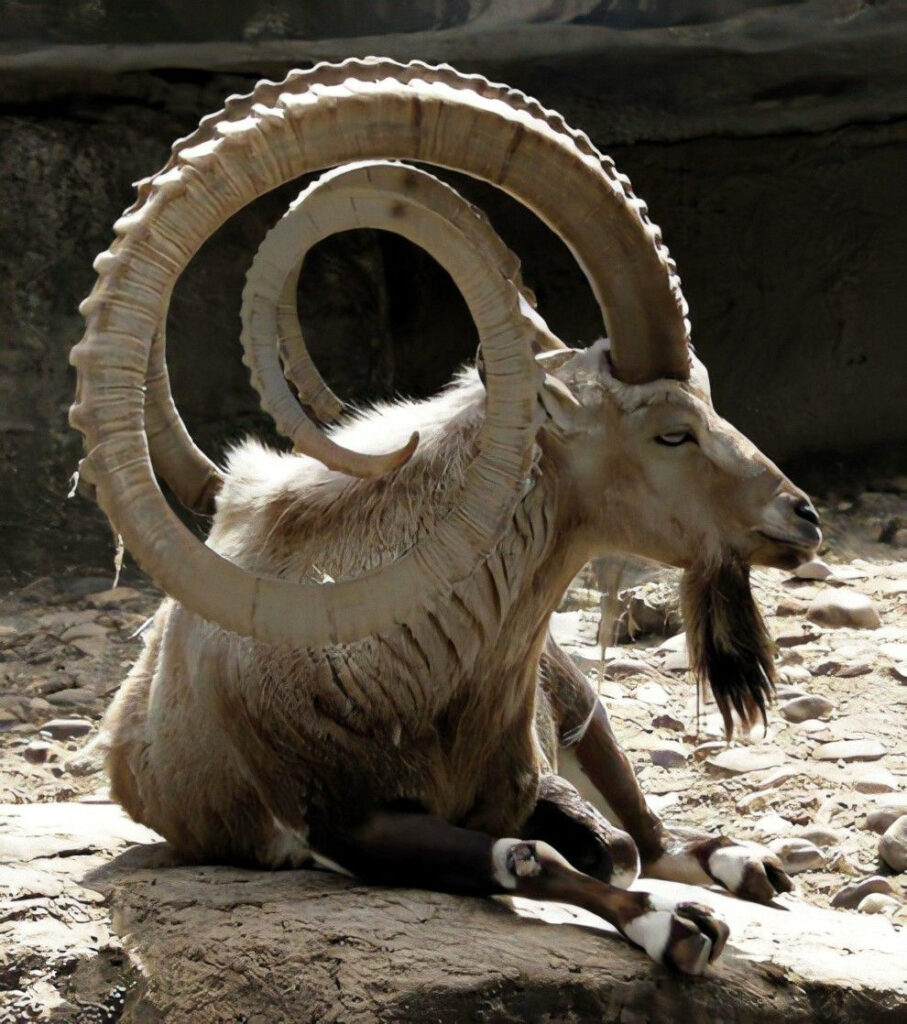
Image courtesy of Jo & Cris from Bonhomie Games in the UK.
Thank you for reading
That’s it for this week! Please contact us with any feedback, question, or news item we’ve missed!

